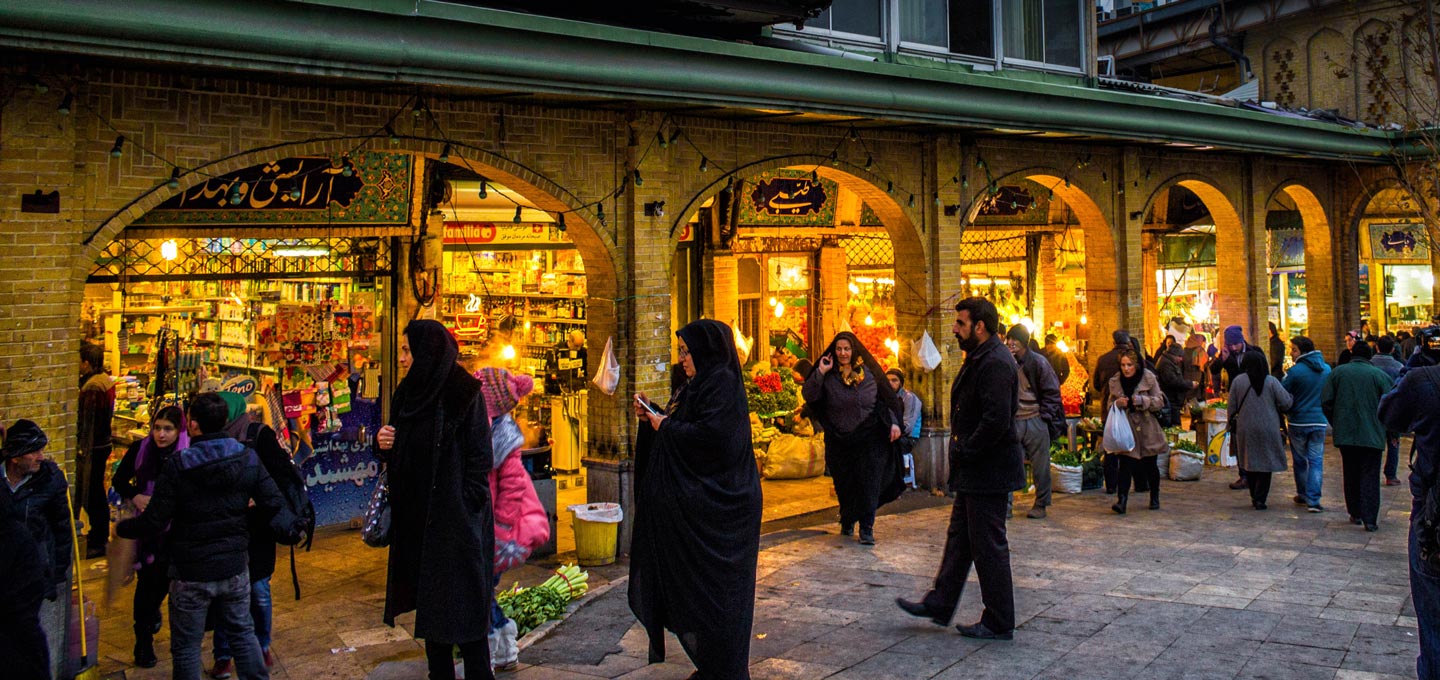The average Iranian household living in urban area spent more than they earned in the last fiscal year (March 2016-17), the Central Bank of Iran’s latest report shows.
About 17,600 households were surveyed for the CBI report published on Wednesday.
Gross average household expenditure, excluding tax payments and premiums, stood at 393.6 million rials ($10,357) a year or 32.75 million rials ($861) a month. These costs, including rents, saw an 11.4% rise compared with the year before.
With a 35% share, spending on “housing, water, electricity, natural gas and other fuels” accounted for the bulk of the total household expenditure; followed by “food and beverages” with 22.9%; transportation with 10.6%; “other goods and services” with 8.4%; “health and treatment” with 5.9%; “clothing and shoes” with 4.3%; “home appliances” with 4%; “communications” and “restaurants and hotels” with 2.1%; “entertainment and cultural affairs” and “education” with 1.9%; and “tobacco” with 0.3%.
Gross average income stood at around 392.37 million rials ($10,325) a year or 32.69 million rials ($860) a month, indicating an 11.3% rise compared with the year before. Gross money income constituted 69.3% of the overall income of households and the rest pertained to benefits in kind.
The average household size in Iranian urban areas was 3.33 people per family. Households of four members had the biggest share with 29.4% and families of 10 or more members had the smallest share with 0.1%.
According to the National Population and Housing Census conducted last year, Iran’s population is over 79.92 million, which is about 4.77 million more compared to the previous figure registered by the census conducted in the fiscal 2011-12. Out of the total 79,926,270 Iranians or 24,196,035 households, 59,146,847 or 18,125,488 households live in urban and 20,730,625 people or 6,070,547 households live in rural areas. The urban population shows an increase of 5,500,186 and the rural population has decreased by 772,383 compared with the previous National Census. The number of households in urban and rural areas increased by 2,697,640 and 312.748 respectively.
The CBI report also shows 7.3% of the urban household members were five years old or younger; 6.5% between six and 10; 6.2% between 11 and 15; 6.7% between 16 and 20; 18.1% between 21 and 30; 30.9% between 31 and 50, and 24.3% were 51 or older.
It also indicates 10.8% of urban household were illiterate; 2.1% were able to read and write; 20.6% had elementary education; 42.7% had middle school or high school education; and 23.8% had university degrees.
A total of 26.6% of the households were without an employed member; 56.4% had one employed member; 14.2% had two employed members; and 2.8% had three or more jobholders.
The percentage of households without a jobholder or one jobholder increased in the last Iranian year compared with the year before, as the percentage of families with two jobholders or three or more jobholders decreased, the report added.
Iran’s unemployment rate in the last fiscal year (March 2016-17) stood at 12.4%, registering a 1.4% rise compared with the year before, according to the Statistical Center of Iran as 3.2 million Iranians, that is 10.5% of men (2.19 million) and 20.7% of women (1.01 million) of ages 10 and above were jobless during the period. The unemployment rate was 13.7% for urban areas and 8.9% for rural areas. Joblessness was higher among women compared to men and among those living in urban areas.
Youth unemployment rate, i.e. the proportion of the population between the ages of 15 and 29, stood at 25.9%, posting a 2.6% rise year-on-year. Labor force participation rate—the proportion of the population of ages 10 years and above that is either employed or looking for work—was at 39.4% or 25.79 million people, registering a 1.2% rise YOY.
Men’s and women’s economic participation rates were 64.1% and 14.9% respectively. The rate was 38.9% for urban areas and 41% for rural areas. Part-time employees constituted 10.3% of the country’s employed population.
According to CBI, a total of 64.3% of households had their own homes last year; 26.2% lived in rental properties; 0.5% lived in homes given to them for the service they delivered; and 9% lived in free housing.
Compared to the year before, rental housing increased and the percentage of personal, free and for service homes decreased, the report noted.
Moreover, 3.1% of households lived in one-bedroom, 29.8% lived in two-bedroom, 49.7% lived in three-bedroom, 14% in four-bedroom, and 2.2% lived in five-bedroom homes. 1.2% lived in homes with six or more bedrooms.
The findings of the report also show 99.4% of households had access to running water, 100% to electricity, 94.4% to natural gas, 52.7% to urban centralized sewer systems, 77.1% to telephone, 50.5% to Internet, 98.9% to kitchen, 99.7% to bathroom, 63.8% to evaporative coolers, 19.3% to air conditioner and 8.6% to central heating system.
About 48.8% of the households owned at least one private car; 17.2% had a motorcycle; 13% had a bicycle; 99.5% had a television; 42.6% had a media player device; 55.3% had a computer; 10.3% had a camera, 84.4% had a fridge; 99.6% had a cooker; 94.1% had a vacuum cleaner, 87.8% had a washing machine; and 96.3% had a cellphone.


